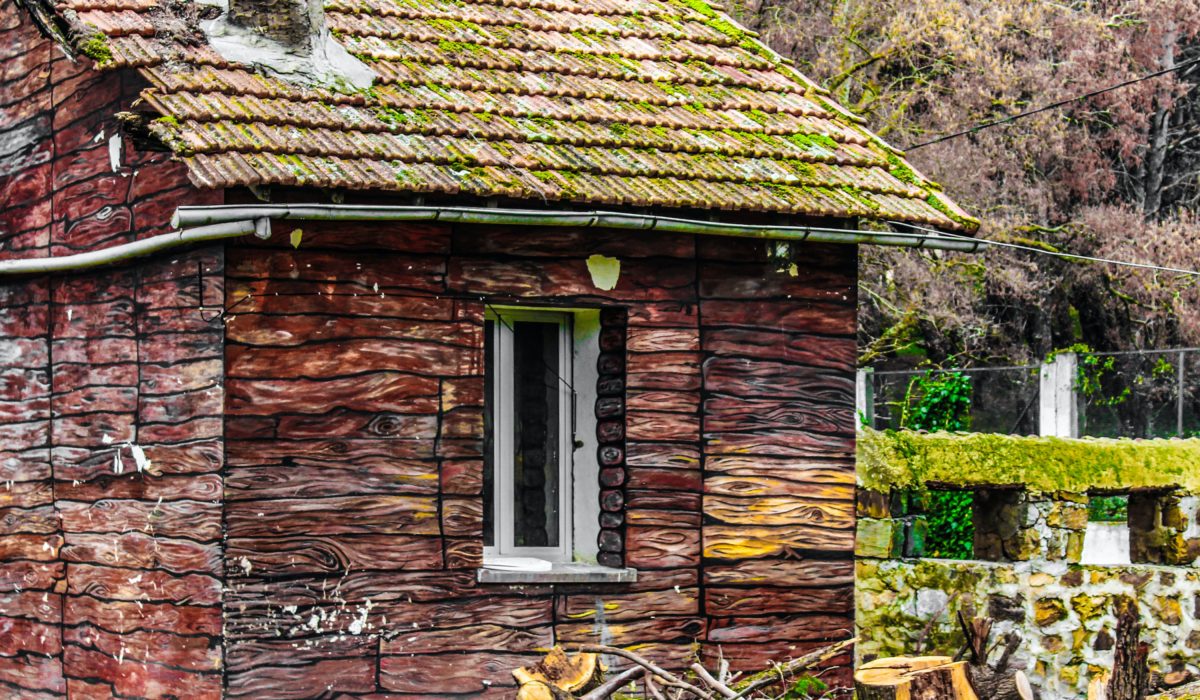You may have heard of the term granular loss when it comes to your roof. But what exactly is granular loss and why is it so important to be aware of it? Keep reading below to learn more about it.
What Is Granular Loss in a Roof?
Granular loss in a roof is a common issue that can lead to a decrease in the protective capabilities of your roof. The granular loss occurs when the granules used in shingles or other roofing materials start to become loose, fall off or wear away. When this happens, it can lead to a decrease in the ability of the roof to protect your home from the elements.
The granules on the roof are like a shield of protection against the elements. They help to protect the underlying shingles from weathering, UV rays, and other damaging elements. When they start to wear away, they leave the underlying shingles exposed to the elements, which can cause them to deteriorate over time.
What Causes Granular Loss?
One of the most common causes of granular loss is age. As roofs age, they start to lose their granules, which can be accelerated by a variety of factors. For example, if a roof is exposed to extreme temperatures or direct sunlight, the granules may start to wear away faster. Additionally, if the roof is exposed to intense storms or hail, the granules may come loose and be washed away.
Another common cause of granular loss is improper installation. If the roof was not installed correctly, it can cause the granules to come loose over time. This can be due to improper ventilation, insulation, or flashing around the roof. Additionally, if the shingles were not nailed down securely, they may start to come loose and cause granular loss.
Finally, granular loss can be caused by poor quality materials. Inferior shingles may not be able to withstand the elements as well as higher quality materials, leading to more wear and granular loss. Additionally, some shingle types are more prone to granular loss than others, such as asphalt and fiberglass shingles.
What Are the Negative Effects of Granular Loss?
The most immediate and obvious negative effect of granular loss is that it leaves the shingles exposed to the elements. Without the protection of the granules, the shingles are more susceptible to damage caused by UV rays, rain, wind, and hail. This can cause the shingles to become brittle and break down more quickly, leading to premature aging and damage.
Another issue is that granular loss can lead to water damage in the roofing system. Without the protection of the granules, water can enter into the shingles more easily, leading to water pooling on the roof. This can cause damage to the underlying structure of the roof, leading to leaks, water damage, and rot.
Granular loss can also lead to increased cooling costs due to the reduced efficiency of the roofing system. Without the protection of the granules, the shingles become less effective at reflecting the sun’s rays, leading to an increase in the amount of heat that enters the home. This can lead to higher cooling costs as the home’s air conditioning system has to work harder to keep the home cool.
Finally, granular loss can lead to a decrease in the lifespan of the roof. Without the protection of the granules, the shingles are more likely to become damaged, leading to the need for repairs or a roof replacement sooner than expected.
Conclusion
The loss of granules from a roof can be a serious problem. If the granules are lost at a rate that exceeds the rate at which they can be replaced, the roof will eventually fail. There are a number of factors that can contribute to granular loss, including age, weather, and the type of roofing material. In some cases, granular loss can be prevented or minimized by regularly cleaning the roof and/or applying a sealant.
If you are seeking roofing contractors in Vermont, you can hire us at Three Mountain Roofing. We work on residential and commercial establishments doing a wide variety of services, from installations to repairs. Get in touch with us to book our services.


